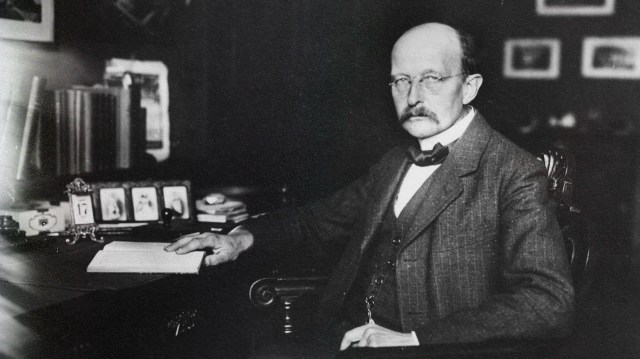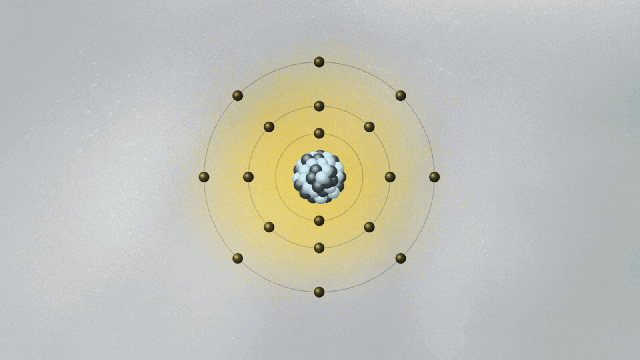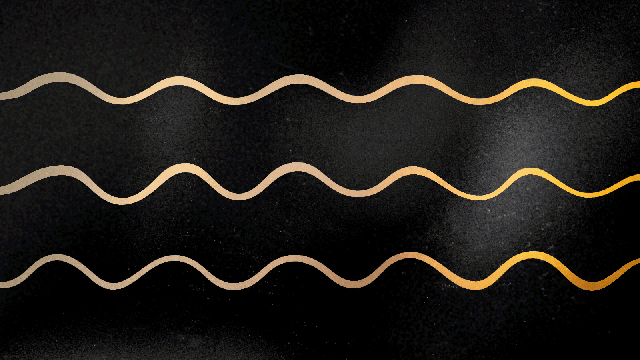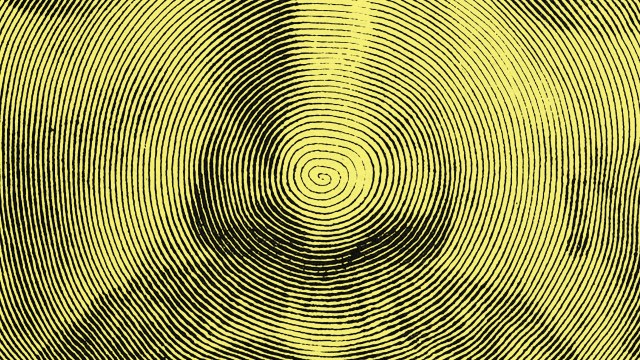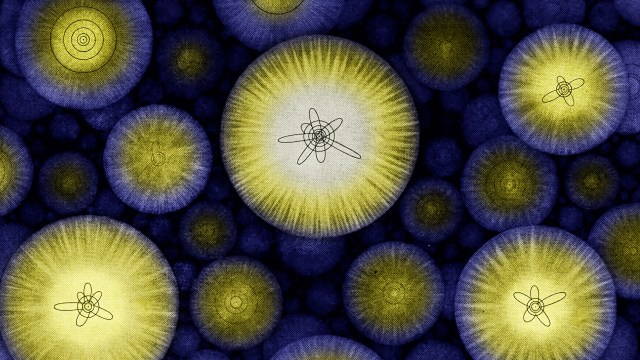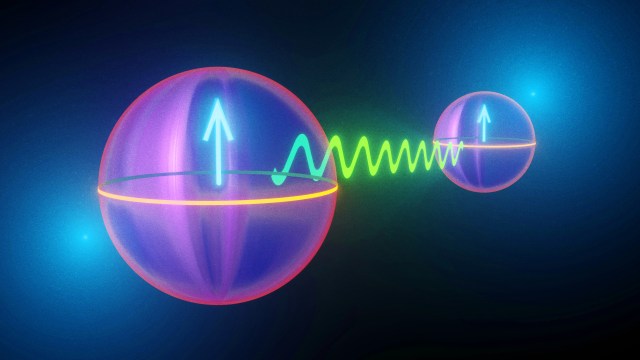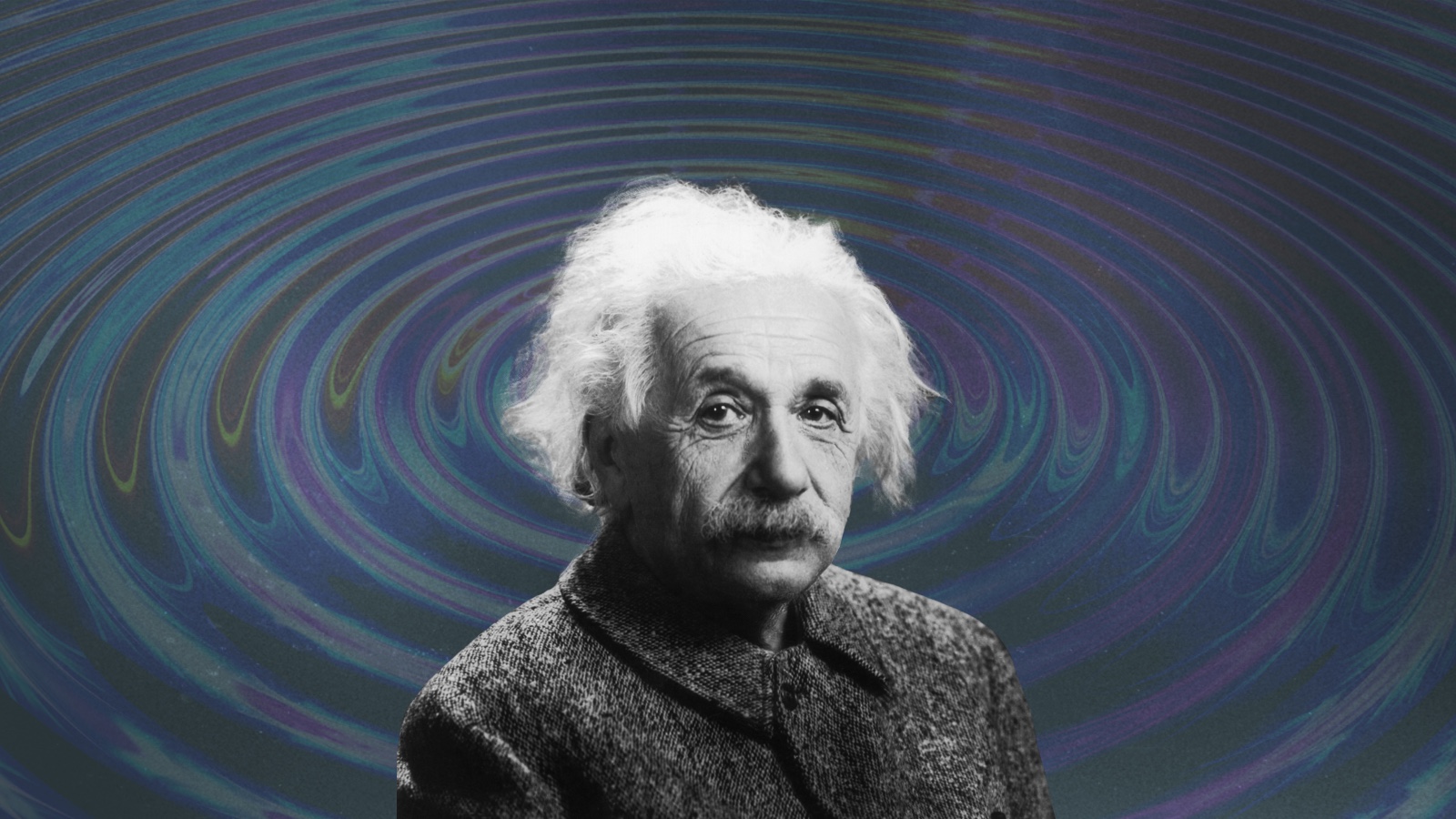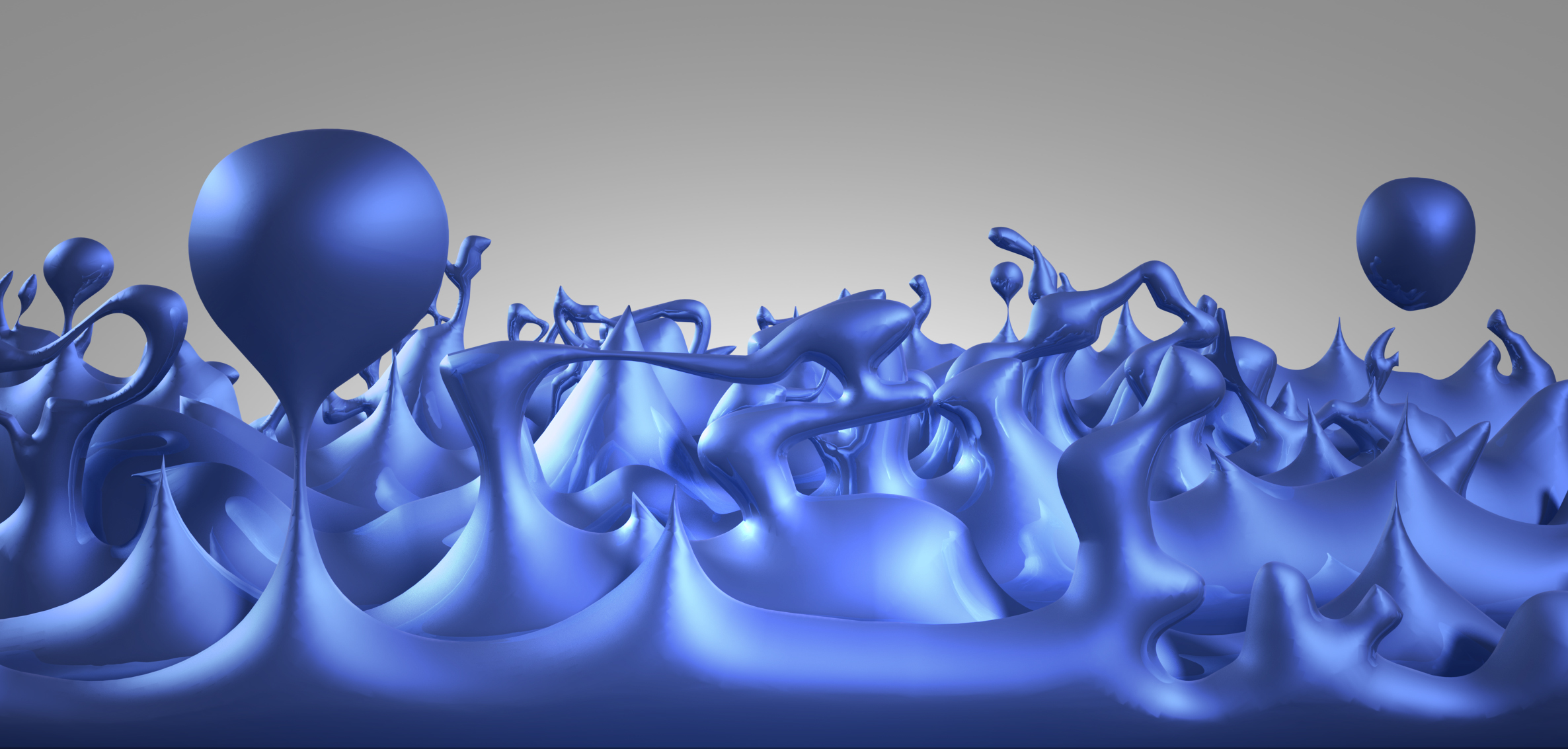Einstein’s quantum ghost is here to stay

- Einstein died refusing to believe that quantum weirdness was a property of nature. He saw a world that was rational, with things having a reality of their own.
- Niels Bohr countered that the quantum way was here to stay.
- Behind their epic dispute was a fundamental question: Could nature’s deepest secrets be unknowable to us?
Scientists have worldviews. That is not too surprising, given that they are humans, and humans have worldviews. You have a way of thinking about politics, about religion, about science, and about the future, and this way of thinking informs how you move in the world and the choices you make.
It is often said that you know someone’s true colors by seeing how they respond to a threat. That threat can be of many different types, from your house being broken into, to an intellectual threat against your system of beliefs. In the past weeks, we have explored how quantum physics changed the world, looking at its early history and the strange new world of unexpected laws and rules that dictate what happens at the level of molecules and smaller material components. Today, we look at how this new science impacted the worldview of some of its own makers, especially Albert Einstein and Erwin Schrödinger. At stake for these physicists was nothing less than the true nature of reality.
The loss of meaning
In a letter to Schrödinger from December 1950, Einstein wrote:
“If one wants to consider the quantum theory as final (in principle), then one must believe that a more complete description would be useless because there would be no laws for it. If that were so, then physics could only claim the interest of shopkeepers and engineers; the whole thing would be a wretched bungle.”
To the end of his life, Einstein could not resign himself to the new worldview coming from quantum physics — that set of beliefs that told us, in essence, that reality was only partially knowable to us humans, and that the very core of nature was hidden from our powers of reasoning. Werner Heisenberg’s Uncertainty Principle sealed the fate of deterministic physics. Contrary to a falling stone, or a planet orbiting a star, in the quantum world we can only know the beginning and the end of a story. Everything in between is unknowable.
The physicist Richard Feynman created a beautiful way of expressing this bizarre fact with his path integral approach to quantum physics. In Feynman’s formulation, to calculate the probability that a particle will start here and end there, you must sum all available paths it can follow to that end. Each path is possible, and each has a probability of being the one. But contrary to a falling rock or a planet that orbits a star, we cannot know which path the particle takes. The very notion of a path between two points loses its meaning.
Einstein would have none of it. To him, nature had to be rational, meaning it had to be amenable to a description that made sense. By making sense, he meant that an object followed simple causal behavior. He believed quantum physics was missing something essential, and finding that something would restore sanity to physics.
So, in 1935, with colleagues Boris Podolsky and Nathan Rosen — collectively they became known as EPR — Einstein published a paper trying to expose the absurdities of quantum mechanics. The title says it all: “Can Quantum-Mechanical Description of Physical Reality Be Considered Complete?”
EPR acknowledged that quantum physics worked, as it could explain the results of experiments with great precision. Their issue was with the completeness of the quantum description of the world.
They proposed an operational criterion to determine the elements of our perceived physical reality: They were those physical quantities that could be predicted with certainty (a probability of one), and without disturbing the system. In other words, there should be a physical reality that is entirely independent of how we probe it. For example, your height and weight are elements of physical reality. They can be measured with certainty, at least within the precision of the measuring device. They also can be measured simultaneously, at least in principle, without any mutual interference. You don’t gain or lose weight when your height is measured.
When quantum effects dominate, this clean independence is not possible for certain very important pairs of quantities, as expressed in Heisenberg’s uncertainty principle. EPR rejected this. They could not accept that the act of measurement compromises the notion of an observer-independent reality. The act of measurement creates the reality of a particle being in a given location in space, according to quantum mechanics, but EPR found this idea absurd. What is real must not depend on who or what is looking, they insisted.
Many experts get EPR wrong, but Christopher Fuchs provided an invaluable explanation of their arguments. To illustrate their point, EPR considered a pair of identical particles, say A and B, moving at the same speed but in opposite directions. The particles’ physical properties were fixed when they interacted for a certain time before flying away from each other. Say a detector measures the position of particle A. Since the particles have the same speeds, we can infer, without disturbing it, where particle B must be. Alternatively, we could instead have chosen to measure particle A’s momentum. In that case, we would be able to infer particle B’s momentum without disturbing it.
Each experimental setup gives us information about B’s position or momentum without directly measuring and disturbing the particle. Thus, EPR concluded, these two properties must be elements of physical reality, even if quantum physics insists that we could not know them before measuring. That is, the particles have these properties before they are measured. Clearly, argued EPR, quantum mechanics must be an incomplete theory of physical reality. They closed their article hoping that a better (more complete) theory would restore realism to physics.
Niels Bohr, the champion of the worldview that quantum physics is weird and that’s okay, responded in six weeks. Bohr invoked his notion of complementarity, which asserts that in the quantum world we cannot separate what is detected from the detector. The interaction of the particle with the detector induces an uncertainty in the particle but also in the detector, since the two are correlated. The act of measurement, then, establishes the measured property of the particle in unpredictable ways. Before the measurement, we cannot say the particle had any property at all. This being the case, we also cannot attribute physical reality to this property in the sense that EPR defined.
As Bohr writes,
“The finite interaction between object and measuring agencies entails the necessity of final renunciation of the classical ideal of causality and a radical revision of our attitude towards the problem of physical reality.”
In essence, a particle only acquires a concrete property such as position or momentum due to its interaction with a measuring apparatus. Before the measurement, we can’t say anything about that particle. So, we can’t say anything about the particle’s physical reality before it interacts with something.
Einstein’s quantum ghost
Einstein wanted a reality that was knowable all the way down to the quantum level. Bohr insisted there was no reason to expect this. Why should the world of the very small obey similar principles to the world we are used to? Schrödinger was also upset, though. In response to Bohr’s paper, he wrote his own where he introduced his famous cat, whom we will soon meet.
The missing piece connecting the dots here is the notion of entanglement, a key concept in quantum physics. It’s a pretty hard idea to swallow, stating that two or more objects can be connected, or entangled, in ways that defy space and time. In that case, knowing something about one item out of a pair will tell us something about the other, even before anyone measures it. And that happens instantaneously, or at least faster than light could have traveled between the two. This was what Einstein called “spooky action at a distance.” We can see where he was coming from. He had spectacularly exorcised action at a distance from Newtonian gravity, showing that gravity’s pull could be explained as the result of a curved spacetime geometry around a massive object. Einstein wanted to do the same for quantum physics. But the quantum ghost, we now know, is here to stay. We will see why next time.

